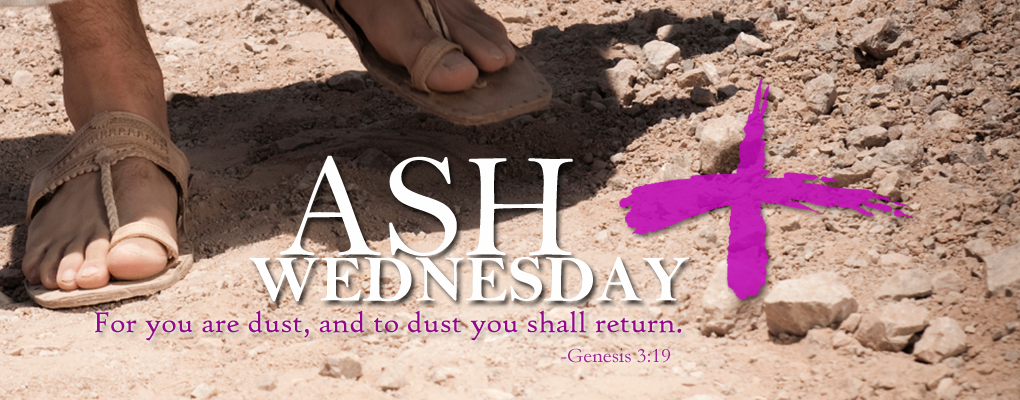Q: A Protestant friend asked me why Catholics use ashes on Ash Wednesday. What are the origins of Ash Wednesday and the use of ashes?
The liturgical use of ashes originates in Old Testament times. Ashes symbolized mourning, mortality and penance. For instance, in the Book of Esther, Mordecai put on sackcloth and ashes when he heard of the decree of King Ahasuerus (or Xerxes, 485-464BC) of Persia to kill all of the Jewish people in the Persian Empire (Est 4:1). Job (whose story was written between 7th and 5th centuries BC) repented in sackcloth and ashes (Jb 42:6).
Prophesying the Babylonian captivity of Jerusalem, Daniel (c. 550BC) wrote, “I turned to the Lord God, pleading in earnest prayer, with fasting, sackcloth and ashes” (Dn 9:3). In the 5th century BC, after Jonah’s preaching of conversion and repentance, the town of Nineveh proclaimed a fast and put on sackcloth, and the king covered himself with sackcloth and sat in the ashes (Jon 3:5-6). These Old Testament examples evidence both a recognized practice of using ashes and a common understanding of their symbolism.
Jesus Himself also made reference to ashes: Referring to towns that refused to repent of sin although they had witnessed the miracles and heard the good news, our Lord said, “If the miracles worked in you had taken place in Tyre and Sidon, they would have reformed in sackcloth and ashes long ago” (Mt 11:21).
The early Church continued the usage of ashes for the same symbolic reasons. In his book, De Poenitentia, Tertullian (c. 160-220) prescribed that the penitent must “live without joy in the roughness of sackcloth and the squalor of ashes.” Eusebius (260-340), the famous early Church historian, recounted in his The History of the Churchhow an apostate named Natalis came to Pope Zephyrinus clothed in sackcloth and ashes begging forgiveness. Also during this time, for those who were required to do public penance, the priest sprinkled ashes on the head of the person leaving confession.
In the Middle Ages (at least by the time of the 8th century), those who were about to die were laid on the ground on top of sackcloth sprinkled with ashes. The priest would bless the dying person with holy water, saying, “Remember that thou art dust and to dust thou shalt return.” After the sprinkling, the priest asked, “Art thou content with sackcloth and ashes in testimony of thy penance before the Lord in the day of judgment?” To which the dying person replied, “I am content.” In all of these examples, the symbolism of mourning, mortality and penance is clear.
Eventually, the use of ashes was adapted to mark the beginning of Lent, the 40-day preparation period (not including Sundays) for Easter. The ritual for the “Day of Ashes” is found in the earliest editions of the Gregorian Sacramentary which dates at least to the 8th century. About the year 1000, an Anglo-Saxon priest named Aelfric preached, “We read in the books both in the Old Law and in the New that the men who repented of their sins bestrewed themselves with ashes and clothed their bodies with sackcloth. Now let us do this little at the beginning of our Lent that we strew ashes upon our heads to signify that we ought to repent of our sins during the Lenten fast.” As an aside, Aelfric reinforced his point by then telling of a man who refused to go to Church on Ash Wednesday and receive ashes; the man was killed a few days later in a boar hunt. Since the Middle Ages at least, the Church has used ashes to mark the beginning of the penitential season of Lent, when we remember our mortality and mourn for our sins.
In our present Ash Wednesday liturgy, we use ashes made from burned palm branches distributed on the Palm Sunday of the previous year. The priest blesses the ashes and imposes them on the foreheads of the faithful, making the sign of the cross and saying, “Remember, man you are dust and to dust you shall return,” or “Turn away from sin and be faithful to the Gospel.”
As we begin this holy season of Lent in preparation for Easter, we must remember the significance of the ashes we have received: We mourn and do penance for our sins. We again convert our hearts to the Lord, who suffered, died and rose for our salvation. We renew the promises made at our baptism, when we died to an old life and rose to a new life with Christ. Finally, mindful that the kingdom of this world passes away, we strive to live the kingdom of God now and look forward to its fulfillment in heaven. In essence, we die to ourselves, and rise to a new life in Christ.
As we remember the significance of these ashes and strive to live it during this time of Lent, we must allow the Holy Spirit to move us to charity toward our neighbors. Our Holy Father in his Message for Lent, 2003, said, “It is my fervent hope that believers will find this Lent a favorable time for bearing witness to the Gospel of charity in every place, since the vocation to charity is the heart of all true evangelization.”
He also lamented that our “age, regrettably is particularly susceptible to the temptation toward selfishness which always lurks within the human heart…. An excessive desire for possessions prevents human beings from being open to their Creator and to their brothers and sisters.” This Lent, acts of self-giving love shown to those in need must be part of our penance, conversion and renewal, for such acts constitute the solidarity and justice essential for building up the kingdom of God in this world.



















No comments:
Post a Comment